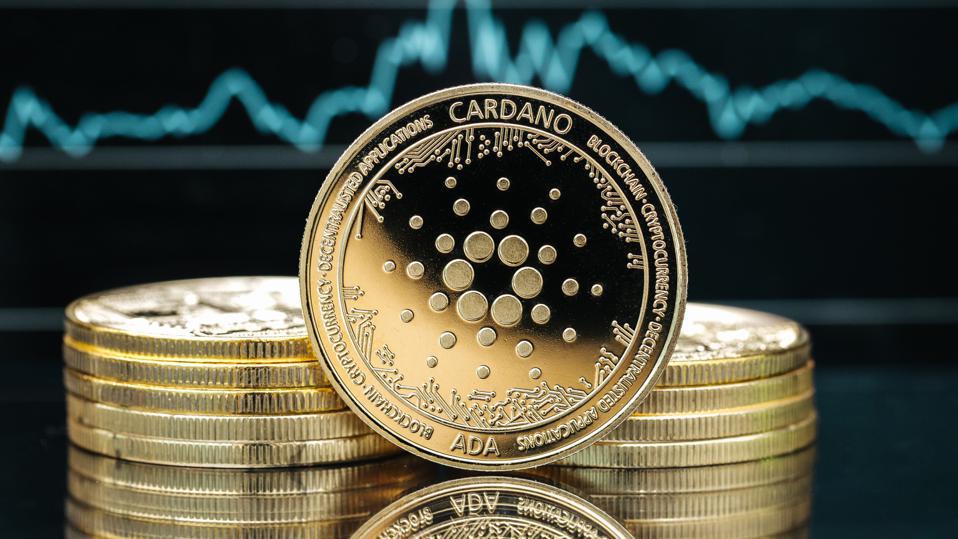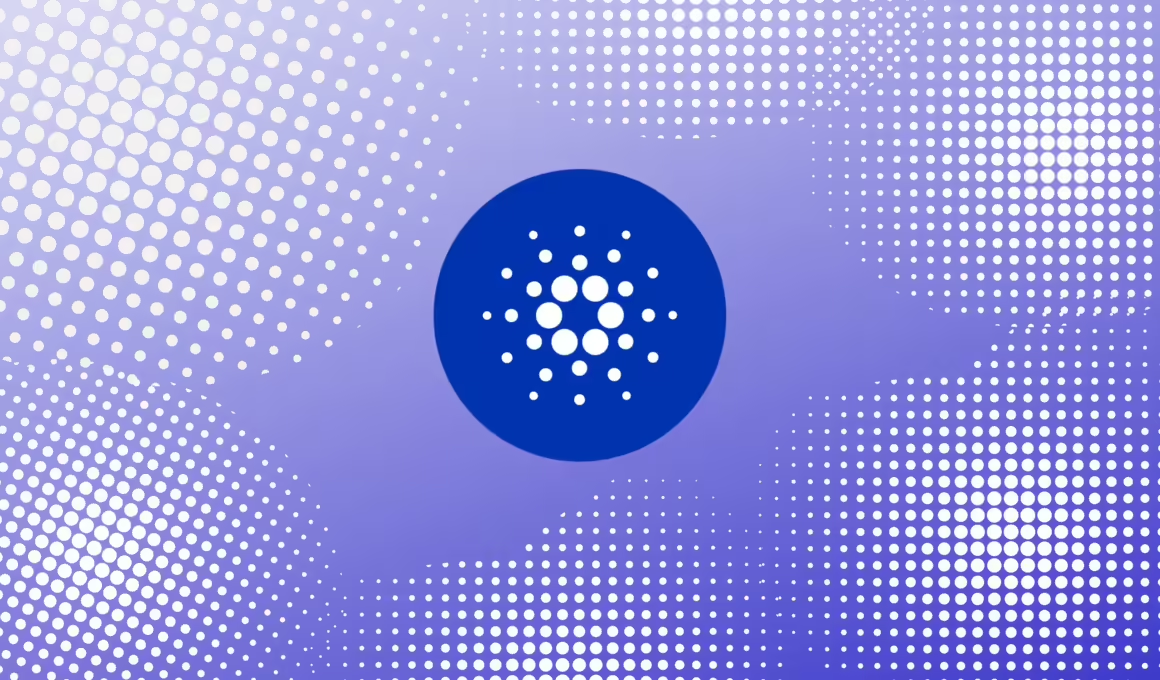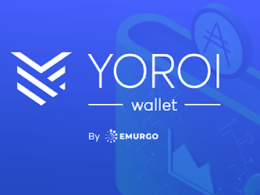According to the Cambridge Dictionary, efficiency is defined as achieving the most useful work with the least amount of energy, fuel, and effort. This idea is crucial in the world of cryptocurrency, where platforms strive to balance speed, cost, and sustainability. Among the many cryptocurrency platforms, one stands out for placing efficiency at its core. Yes, you guessed it—the Cardano blockchain platform.
Efficiency is a key factor in determining the success and sustainability of any blockchain platform, and Cardano has made it a top priority. But what exactly makes Cardano different, and why is it considered one of the most efficient platforms in the cryptocurrency space? By the end of this article, you will have learned about the history of Cardano, what sets it apart from other blockchains, the role of its native cryptocurrency ADA, and the mission and vision driving its development. Whether you’re new to blockchain or just curious about how Cardano works, this guide will give you a clear understanding of why it’s a platform worth paying attention to.
History of Cardano
It all began with a man named Charles Hoskinson. He was part of the 5 founding fathers of Ethereum in 2013 alongside Vitalik Buterin. By late 2014, Hoskinson had started making plans for a separate cryptocurrency entity. He parted ways with Ethereum following a disagreement with co-founder Vitalik Buterin. Hoskinson advocated for accepting venture capital and forming a company, while Buterin preferred to keep Ethereum as a nonprofit organisation. To actualize his dream, Hoskinson partnered with his former Ethereum colleague, Jeremy Woods, to create IOHK (Input Output Hong Kong). IOHK is an engineering and research company focused on developing cryptocurrencies and blockchain technology. The primary project at the time was the Cardano network. Cardano was first released in the markets in 2017 and reached a market cap of $77 billion by 2021 making it the fourth-highest cryptocurrency at the time.
So what is Cardano?
Cardano is a blockchain platform designed to improve on earlier blockchain systems like Bitcoin and Ethereum. Unlike these older systems, Cardano uses a more efficient method called Proof of Stake (PoS) to secure its network. This makes it faster and less expensive to use, as it requires less energy and offers lower transaction fees.
Cardano’s main goal is to solve common issues faced by earlier blockchains, such as high fees and slow transaction speeds. It achieves this through careful design based on scientific research and peer review. One of its key innovations is the Ouroboros protocol, which ensures the network’s security while remaining energy-efficient.
Additionally, Cardano is designed to keep improving without disrupting its network. For instance, it has a feature called the Hard Fork Combinator that allows for seamless updates. Another development is Hydra, a technology that could allow the network to scale up easily as more users join, making it capable of handling many transactions at once.
In simple terms, Cardano is a next-generation blockchain platform that’s built to be faster, cheaper, and more scalable than previous ones, with a strong focus on sustainability and ongoing improvement. Its internal cryptocurrency is called ADA.
What is ADA?

Cardano, as a platform, would be useless without its internal cryptocurrency, ADA. ADA powers all transactions and activities within the Cardano network, similar to how ether (ETH) works on Ethereum. It’s named after Ada Lovelace, a pioneering mathematician.
ADA is used for more than just sending money. It gives holders a stake in the Cardano network, meaning they can earn rewards through staking and will eventually help decide the future direction of the platform through voting on changes and updates.
When Cardano launched, ADA was distributed to early investors through an Initial Coin Offering (ICO), raising over $62 million. A total of 45 billion ADA will ever exist, with about 31 billion currently in circulation.
The token is also tightly linked to Cardano’s governance and development. For instance, a portion of ADA was allocated to key organizations involved in building and promoting Cardano, such as IOHK and EMURGO. In short, ADA is the lifeblood of the Cardano network, enabling its use and ensuring that users can actively participate in its growth.
The team behind Cardano
Cardano is backed by a global network of academics and engineers, ensuring its development is both innovative and scientifically grounded. Three main organizations manage and support the ongoing development of Cardano:
1. IOHK (Input Output Hong Kong): Founded by Charles Hoskinson and Jeremy Wood in 2015, IOHK is the core technology builder behind Cardano. This organization is recognized as a leader in blockchain research and development. They collaborate with top universities and researchers to create scientifically peer-reviewed solutions, ensuring that Cardano remains on the cutting edge of blockchain technology. IOHK is responsible for building the foundational technology of Cardano, including its key features like the Ouroboros Proof of Stake protocol and future upgrades.
2. Cardano Foundation: Based in Switzerland, this independent organization ensures that Cardano is standardized, secure, and promoted globally. The Foundation acts as the custodian of the Cardano ecosystem, working to protect the integrity of the protocol and drive widespread adoption. Its efforts focus on pushing Cardano as an industry-standard in blockchain technology, collaborating with regulators, governments, and the community to ensure Cardano’s growth and sustainability.
3. Emurgo: Emurgo functions as the commercial arm of Cardano, focusing on venture-building and promoting blockchain adoption in real-world industries. Emurgo supports businesses that are using Cardano’s blockchain to transform sectors like supply chain, healthcare, and finance. By investing in startups and partnering with existing businesses, Emurgo helps drive innovation and ensures that Cardano’s blockchain technology is applied to practical use cases.
Together, these three organizations ensure that Cardano remains secure, cutting-edge, and widely adopted while fostering innovation across industries.
Mission and Vision Statement

The mission and vision of Cardano, as expressed by its CEO, Frederik Gregaard, focus on building a better, more inclusive digital future. Gregaard states, “Every day we work to drive the adoption and development of Cardano as the public digital infrastructure of the future. We envision a world where social and financial systems are better for all.”
This mission emphasizes Cardano’s dedication to becoming a foundational infrastructure for the digital world, driving widespread adoption of blockchain technology. The development efforts are centred on creating a platform that is accessible, secure, and scalable—one that can serve as the backbone for a decentralized financial and social system.
The vision behind Cardano is transformative: to create a world where technological advancements, like blockchain, can improve the fairness and accessibility of social and financial systems. Cardano seeks to empower individuals, particularly in underserved regions, by providing them with access to decentralized financial services and enabling innovation across industries. By improving transparency, reducing inequality, and fostering global participation, Cardano aims to make financial and social structures better for everyone.
Conclusion
In summary, Cardano is a blockchain platform designed to improve how cryptocurrencies work by focusing on efficiency and solving problems faced by older platforms. Its native cryptocurrency, ADA, is essential for making transactions and helping to run the network. Cardano’s mission goes beyond just being a cryptocurrency—it aims to create a fairer, more accessible digital system for everyone.
Throughout this article, we explored how Cardano started, what makes it unique, and how its focus on innovation and sustainability sets it apart. As the platform continues to grow, it hopes to change the way financial and social systems work by making them more efficient, affordable, and open to all. Whether you’re new to cryptocurrencies or just learning about blockchain, Cardano offers a glimpse into the future of decentralized technology, where fairness and efficiency come together for the benefit of everyone.









